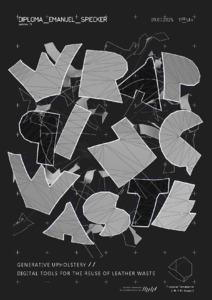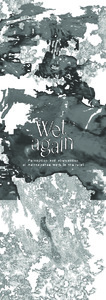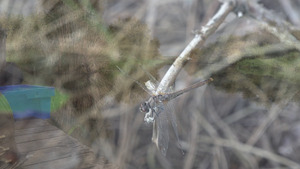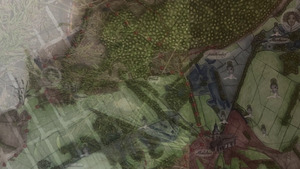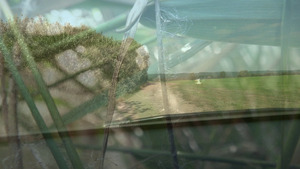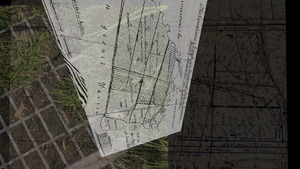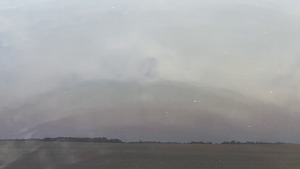HfG
Alle Inhalte mit Metadaten des Vokabulars "HfG". Sie sehen nur Inhalte, für die Sie berechtigt sind.
2622 Inhalte
- Seite 1 von 219
Rundgang 2025
- Titel
- Rundgang 2025
- Titel
- Rundgang 2025
- Urheberrechtshinweis
- © Staatliche Hochschule für Gestaltung Karlsruhe
- Rechtsschutz/Lizenz
- Medienersteller/in
- Beziehung/Funktion
- Semester
- Studiengang
- Importiert am
- 04.07.2025
- Übergeordnete Sets
- 1
Generative Joy, Moroso in Mailand
- Titel
- Generative Joy, Moroso in Mailand
- Autor/in
- Datierung
- 09.07.2025
- Titel
- Generative Joy, Moroso in Mailand
- Titel (en)
- Generative Joy, Moroso in Milan
- Urheberrechtshinweis
- © Emanuel Spiecker
- Rechtsschutz/Lizenz
- Freigabe Nutzung HfG
- Medienersteller/in
- Medien-Beschreibung
- Das Design wurde mit meinem Programm entwickelt, die Firma Moroso hat es produziert. Es wurde in Mailand bei der Design Week 2025 ausgestellt.
- Medien-Beschreibung (en)
- The design was developed with my program and produced by Moroso. It was exhibited in Milan at Design Week 2025.
- Projektleiter/in
- Semester
- Studiengang
- Typ der Abschlussarbeit
- Importiert am
- 01.07.2025
- Übergeordnete Sets
- 1
Plakat
- Titel
- Plakat
- Autor/in
- Datierung
- 09.07.2025
- Titel
- Plakat
- Titel (en)
- Poster
- Urheberrechtshinweis
- © Emanuel Spiecker
- Rechtsschutz/Lizenz
- Freigabe Nutzung HfG
- Medienersteller/in
- Beziehung/Funktion
- Projektleiter/in
- Semester
- Studiengang
- Typ der Abschlussarbeit
- Importiert am
- 01.07.2025
- Übergeordnete Sets
- 1
Projekt Dokuvideo
- Titel
- Projekt Dokuvideo
- Titel
- Projekt Dokuvideo
- Urheberrechtshinweis
- ©Alexander Thelen, Laura Haak
- Medienersteller/in
- Projektleiter/in
- Semester
- Studiengang
- Typ der Abschlussarbeit
- Importiert am
- 01.07.2025
- Übergeordnete Sets
- 1
Wet again, Reader/Broschüre
- Titel
- Wet again, Reader/Broschüre
- Titel
- Wet again, Reader/Broschüre
- Urheberrechtshinweis
- ©Paulina Mimberg, Laura Haak
- Medienersteller/in
- Projektleiter/in
- Semester
- Studiengang
- Typ der Abschlussarbeit
- Importiert am
- 01.07.2025
- Übergeordnete Sets
- 1
video stills
- Titel
- video stills
- Titel
- video stills
- Urheberrechtshinweis
- ©Laura Haak
- Projektleiter/in
- Semester
- Studiengang
- Typ der Abschlussarbeit
- Importiert am
- 30.06.2025
- Übergeordnete Sets
- 1
video stills
- Titel
- video stills
- Titel
- video stills
- Urheberrechtshinweis
- ©Laura Haak
- Projektleiter/in
- Semester
- Studiengang
- Typ der Abschlussarbeit
- Importiert am
- 30.06.2025
- Übergeordnete Sets
- 1
video stills
- Titel
- video stills
- Titel
- video stills
- Urheberrechtshinweis
- ©Laura Haak
- Projektleiter/in
- Semester
- Studiengang
- Typ der Abschlussarbeit
- Importiert am
- 30.06.2025
- Übergeordnete Sets
- 1
video stills
- Titel
- video stills
- Titel
- video stills
- Urheberrechtshinweis
- ©Laura Haak
- Projektleiter/in
- Semester
- Studiengang
- Typ der Abschlussarbeit
- Importiert am
- 30.06.2025
- Übergeordnete Sets
- 1
video stills
- Titel
- video stills
- Titel
- video stills
- Urheberrechtshinweis
- ©Laura Haak
- Projektleiter/in
- Semester
- Studiengang
- Typ der Abschlussarbeit
- Importiert am
- 30.06.2025
- Übergeordnete Sets
- 1
video stills
- Titel
- video stills
- Titel
- video stills
- Urheberrechtshinweis
- ©Laura Haak
- Projektleiter/in
- Semester
- Studiengang
- Typ der Abschlussarbeit
- Importiert am
- 30.06.2025
- Übergeordnete Sets
- 1
video stills
- Titel
- video stills
- Titel
- video stills
- Urheberrechtshinweis
- ©Laura Haak
- Projektleiter/in
- Semester
- Studiengang
- Typ der Abschlussarbeit
- Importiert am
- 30.06.2025
- Übergeordnete Sets
- 1


